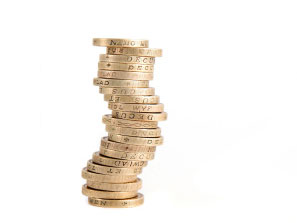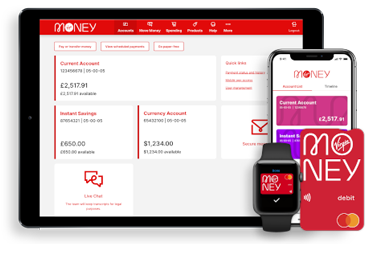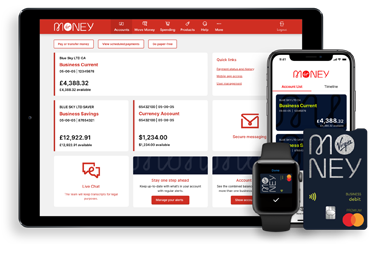Cash reserves – what they are and why you need them
< back to all business news articles
12/06/2017
The last thing any business owner needs is to run out of cash. That’s why running a successful business is a juggling act between cash coming in and cash going out. If you’ve built up a cash reserve – a buffer – you’ll be better equipped to stay in business and handle potentially damaging short-term issues like falling sales.

Why you need a cash buffer
It’s good business practice to have cash in reserve for several reasons, including:
- Taxes – you’ll improve your peace of mind if you know you’ve got the cash for your tax bill, especially if it’s more than you thought it would be.
- Taking advantage of discounts – a supplier might be having a huge clear-out sale with half off everything. If they’re selling something you use a lot, you’ll have the cash to buy in bulk and make the most of the discount.
- Future exporting or expansion plans – you might have ideas for growth in mind that will need a solid cash injection behind them. That’s what your savings are for.
- Riding out the lean months – this is especially true if your business is a seasonal one. When the money’s rolling in, set some aside. Look at what’s coming up and don’t go spending too much when there are lean months ahead.
How to set up a cash reserve
There are several ways you can go about creating sustainable cash reserve processes, including:
- Set up an automatic payment that adds to your cash reserve each month.
- Funnel money into savings. For instance, you could take a percentage of your sales each month and deposit it into a savings account.
Whatever you decide to do, set yourself a goal with your cash reserve. Aim to save a certain amount each month, or year – and stick to it.
Make cash available from your inventory
If you buy in bulk, you risk being left with lots of unsold stock lying around – and that’s just cash you can’t use. Avoid tying up your cash in stock by adopting:
- Lower minimum stock levels – this means you don’t have a lot of stock lying around you’re not using. And you’ve got less of your cash tied up in stock.
- A just in time (JIT) policy – an alternative to making large bulk orders. Toyota helped popularise the JIT inventory system by only scheduling for parts to be delivered ‘just in time’ for when they’re needed in the production process.
- Sell old stock – Consider having a big sale to clear out old stock and generate some extra cash.
The per-unit savings associated with larger orders can be tempting, but always be aware of the impact on your cash position.
This blog is not financial advice. The content of the blog is reliable at the time of publishing, but we can’t guarantee it is entirely free from error or omission beyond our knowledge. Links are provided for you to explore, but we have no connection with third party sites or responsibility for their content.
POSTED IN: Growth,2017,Day to Day Banking
SHARE
Related Articles
You can find impartial information and guidance on money matters on the “MoneyHelper” website.
Clydesdale Bank is covered by the Financial Services Compensation Scheme (FSCS), Find out more.


